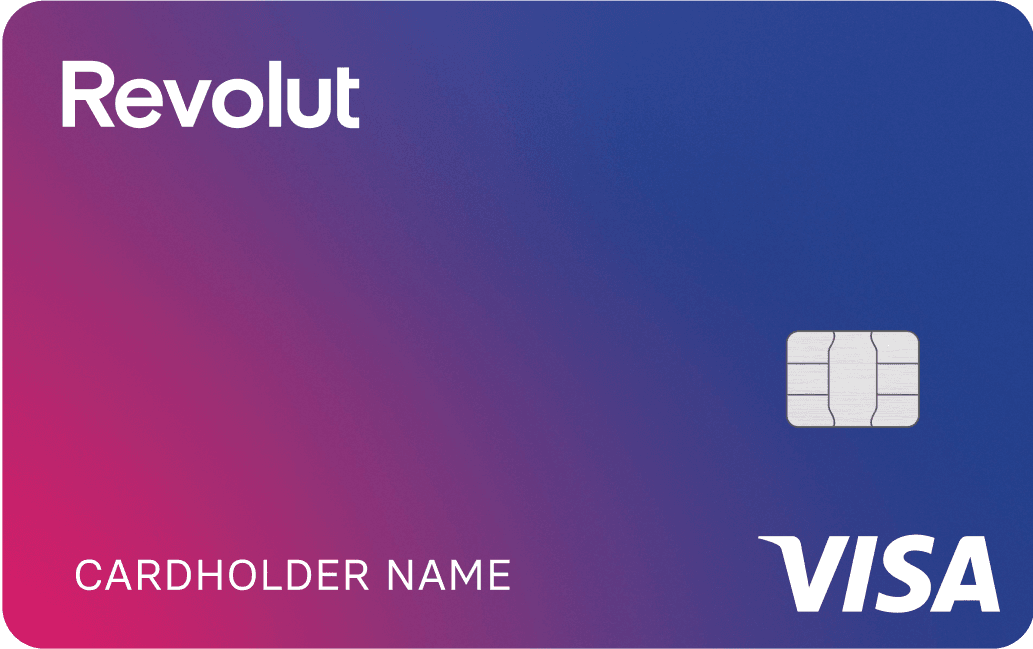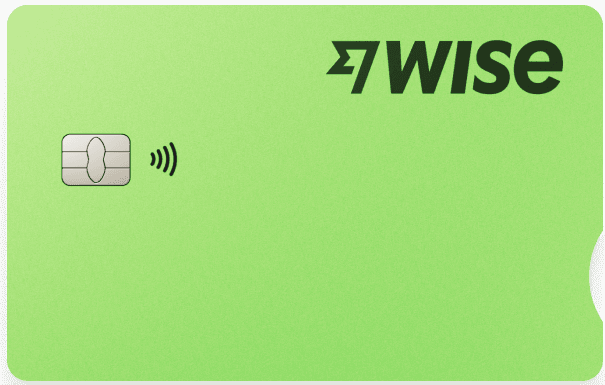What Is a Cashier’s Order? How a Cashier’s Order Works and Where to Get One
Updated: 10 Oct 2025
Written bySingSaver Team
Team
The information on this page is for educational and informational purposes only and should not be considered financial or investment advice. While we review and compare financial products to help you find the best options, we do not provide personalised recommendations or investment advisory services. Always do your own research or consult a licensed financial professional before making any financial decisions.
Main points about cashier’s order
-
A cashier's order, essentially a bank-issued cheque, offers a secure payment method, especially for large transactions.
-
The funds are guaranteed by the bank, minimising the risk of bounced payments.
-
Singaporeans can acquire cashier’s orders from various local banks, both online and in-branch.
How cashier’s orders work in Singapore
A cashier's order is essentially a bank-issued cheque, offering a secure alternative to cash or personal cheques. When you request one, the bank immediately withdraws the specified amount from your account. This sum is then held by the bank until the recipient deposits the order, guaranteeing payment.
To issue a cashier's order, you'll need to specify the recipient's name. The bank acts as the guarantor, ensuring the funds are available and transferred safely. In Singapore, you'll typically pay a fee of around S$5 for each cashier's order. These orders are available at most banks and can often be issued in various currencies, depending on the bank's policies. It's important to note that cashier's orders generally have a validity period of six months. Also, be aware that cancellations may incur additional penalties. Payment is usually made via cash or debit card.
Advantages and disadvantages of cashier’s orders
While cashier's orders offer security and reliability, it's important to weigh their benefits against potential drawbacks.
Advantages
Guaranteed payment, reduces risk of bounced payments
Useful for large transactions
Accepted by most institutions
Disadvantages
Fees involved in obtaining one
Inconvenient for small transactions
Can be time-consuming to acquire compared to digital payment methods
>> MORE: How does credit card interest work
How to order a cashier’s order in Singapore?
-
Prepare the necessary details: Know the exact amount you need for the cashier's order. Have the full name and any relevant details of the recipient. Be ready with your NRIC or other required identification. Ensure you have sufficient funds in your bank account, as the money will be immediately withdrawn. Consider whether you will pay in person or online.
-
Complete the application: If in-branch, fill out the bank's application form accurately. If online, provide the recipient's details and the amount through your bank's online banking platform. Double-check all details. Changes may not be possible or may incur a fee.
-
Receive the cashier's order: If in-branch, you'll receive the physical order immediately upon payment. If online, you may need to collect it from a branch or arrange for mail delivery (additional fees may apply).
-
Keep the receipt: Retain the receipt provided by the bank. This receipt is crucial for tracking the order or resolving any potential issues. Keep the receipt safe, as it is proof of purchase.
-
Track the cashier's order (if necessary): If you need to verify the order's status, contact the issuing bank directly using the details on your receipt. Tracking is usually only needed if the receiver has not informed you of the receipt.
SingSaver Tips
What key factors should Singaporeans consider before obtaining a cashier's order? Start by outlining your transaction specifics. Determine the exact amount needed and the recipient's details. Compare the fees and processing times across different banks in Singapore to find the most suitable option for your needs. Remember, a cashier's order is best for secure, large-sum transactions.
Where can I get a cashier’s order in Singapore and how much does it cost?
Cashier’s orders in Singapore are readily available through major banks, offering a secure payment method for significant transactions. Fees and purchase methods vary between banks, as detailed below.
| Bank | How to purchase? | Fee (SGD) |
| DBS / POSB | iBanking | $0 |
| Physical branch | $5 | |
| HSBC | Personal/business internet banking | $10 |
| Physical branch | $10 | |
| Maybank | Internet banking | $5 |
| Physical branch | $5 | |
| OCBC | Personal/business internet banking | $5 |
| Velocity@OCBC | $5 | |
| UOB | Personal internet banking (PIB) | $3 |
|
Business internet banking (BIB) |
$5 | |
| Physical branch | $5 |
Note: Fees may vary depending on account type and specific circumstances. For DBS, each cashier's order has a maximum limit of S$10,000, but you can purchase additional orders at S$5 each for larger amounts. Maybank charges S$5 for amendments to the order and S$20 for cancellations, with an extra S$3 for mail delivery. OCBC waives the S$5 fee if the order is payable to your own name, and OCBC Premier Banking customers enjoy fee waivers on all cashier's orders. Always confirm with your bank for the most up-to-date information.
The time required to deposit and process a cashier’s order is the same as that for a regular cheque.
| Cashier’s order deposited on | Receive money on |
| Monday to Thursday before 3.30pm | Next business day after 2pm |
| Thursday after 3.30pm | Monday after 2pm |
| Friday before 3.30pm | Monday after 2pm |
| Friday after 3.30pm | Tuesday after 2pm |
| Saturday | Tuesday after 2pm |
| Sunday | Tuesday after 2pm |
>> MORE: What is compound interest
When to use a cashier’s order in Singapore?
Cashier's orders are particularly useful when you need a secure, bank-guaranteed method for large transactions. Here are some common scenarios where a cashier's order is the preferred payment method:
-
Property transactions: When making down payments for significant property purchases, such as a Build-To-Order (BTO) flat or private condominium, a cashier's order ensures the funds are secure and guaranteed, providing peace of mind to both buyer and seller.
-
Vehicle purchases: For high-value vehicle transactions, like buying or selling a car, a cashier's order avoids the risks associated with large cash transfers or the potential for bounced personal cheques.
-
Deposits for high-value services or contracts: When entering into agreements for substantial services or contracts, a cashier's order offers a reliable way to provide a deposit, demonstrating your financial commitment and ensuring the recipient that the funds are available.
-
Situations requiring guaranteed funds transfer: In any situation where you need to guarantee the transfer of a large sum of money, whether locally or overseas, a cashier's order is ideal. It eliminates the risk of payment rejection due to insufficient funds, unlike personal cheques, and provides a secure alternative to carrying large amounts of cash.
Saver-savvy tip
For daily expenses without a bank account, use PayNow or prepaid stored value cards instead of cashier's orders.
Cashing a cashier’s order in Singapore
In Singapore, you can cash a cashier’s order at any bank, much like depositing a regular cheque. Ideally, you should deposit it at your own bank to avoid potential fees. However, if you attempt to cash it at a bank where you don't hold an account, you might incur service charges.
Generally, only the recipient named on the cashier’s order can deposit it. You'll likely need to present your identification for verification. If you have a bank account, depositing the cashier’s order is the most straightforward method. You can typically do this at a bank branch, ATM, or through your bank’s mobile app using cheque deposit features. Remember to endorse the back of the cashier’s order before depositing it, just as you would with a regular cheque.
Best Singapore bank accounts for 2025
We've researched Singapore's top banks to help you find the best savings accounts, fixed deposits, and more — quickly and easily.
Frequently asked questions about cashier’s order in Singapore
-
Exercise caution with unfamiliar parties: Prefer bank transfers or PayNow when possible.
-
Watch for red flags: Be wary of unusual requests or irregularities in the order.
-
Verify with the issuing bank: Confirm authenticity via official bank channels if unsure.
In Singapore, banks typically require payment for cashier’s orders using funds directly from your current or savings account rather than a credit card.
This is because a cashier’s order is a pre-funded instrument, meaning the bank needs to withdraw the funds upfront to guarantee payment. Therefore, they need to access funds that are immediately available, like those in your current or savings account. This ensures that the bank can issue the order with the assurance that the money is already secured.
If you misplace your cashier’s order or discover an error on it, you might be able to cancel it and request a replacement or refund, provided it hasn't been deposited yet.
You'll need to promptly contact the issuing bank in Singapore, ideally with your receipt. Similar to other financial institutions, you'll likely be required to complete a form, providing details from your receipt. Be prepared to pay a processing fee for this service. The bank's processing time for such claims can vary, but it's often a few weeks.
In the unfortunate event that the cashier’s order was fraudulently cashed, you should file a police report. This is a crucial step in attempting to recover your funds, and the police report will likely be needed for any claim you make with the bank.
>> More: How to avoid being scammed
Yes, cashier’s orders are generally considered a very safe payment method in Singapore, as they are guaranteed by the bank. However, like any financial instrument, they can be susceptible to fraudulent activities. To protect yourself:
While both cashier’s orders and regular cheques are written instruments used for transferring money and can be deposited or cashed, they differ significantly in terms of security. Think of it this way: a cashier’s order is like a pre-paid, guaranteed cheque. The bank immediately withdraws the funds from the payer’s account when the order is issued, guaranteeing the money is available.
This is unlike a regular cheque drawn directly from the payer’s account at the time of deposit. If the payer has insufficient funds, the cheque may "bounce" or be rejected. Therefore, while a cheque can be convenient, a cashier's order offers higher security, particularly for large or critical transactions in Singapore, as it eliminates the risk of insufficient funds.
Cashier’s order validity
In Singapore, cashier’s orders are generally valid for six months from the date of issue. While this period might seem generous, depositing the order within this timeframe is important. If a cashier’s order expires, the recipient may encounter difficulties depositing it. Furthermore, the issuing bank might impose a cancellation fee, even if the order was never used. Therefore, it's best practice to deposit or cash the cashier’s order promptly to avoid any potential issues or fees.
Tracking a cashier’s order
Tracking a cashier’s order primarily involves contacting the issuing bank directly. Unlike some money order services, there isn't a centralised online tracking system. To inquire about the status of your cashier’s order, you'll need to reach out to the bank's customer service via phone or in person.
Be sure to retain your receipt, as it contains essential details like the order number, which the bank will need to assist you. Without the receipt, tracking the order becomes significantly more challenging. You may have to file a formal request with the bank, which could involve fees and a longer processing time.
Remember, the bank that issued the cashier’s order is your point of contact for tracking. Even if you obtained the order through an intermediary or agent, the issuing bank is the entity that holds the relevant records.
Relevant articles
Stay ahead in everything finance
Subscribe to our newsletter and receive insightful articles, exclusive tips, and the latest financial news, delivered straight to your inbox.
About the author
SingSaver Team
At SingSaver, we make personal finance accessible with easy to understand personal finance reads, tools and money hacks that simplify all of life’s financial decisions for you.








